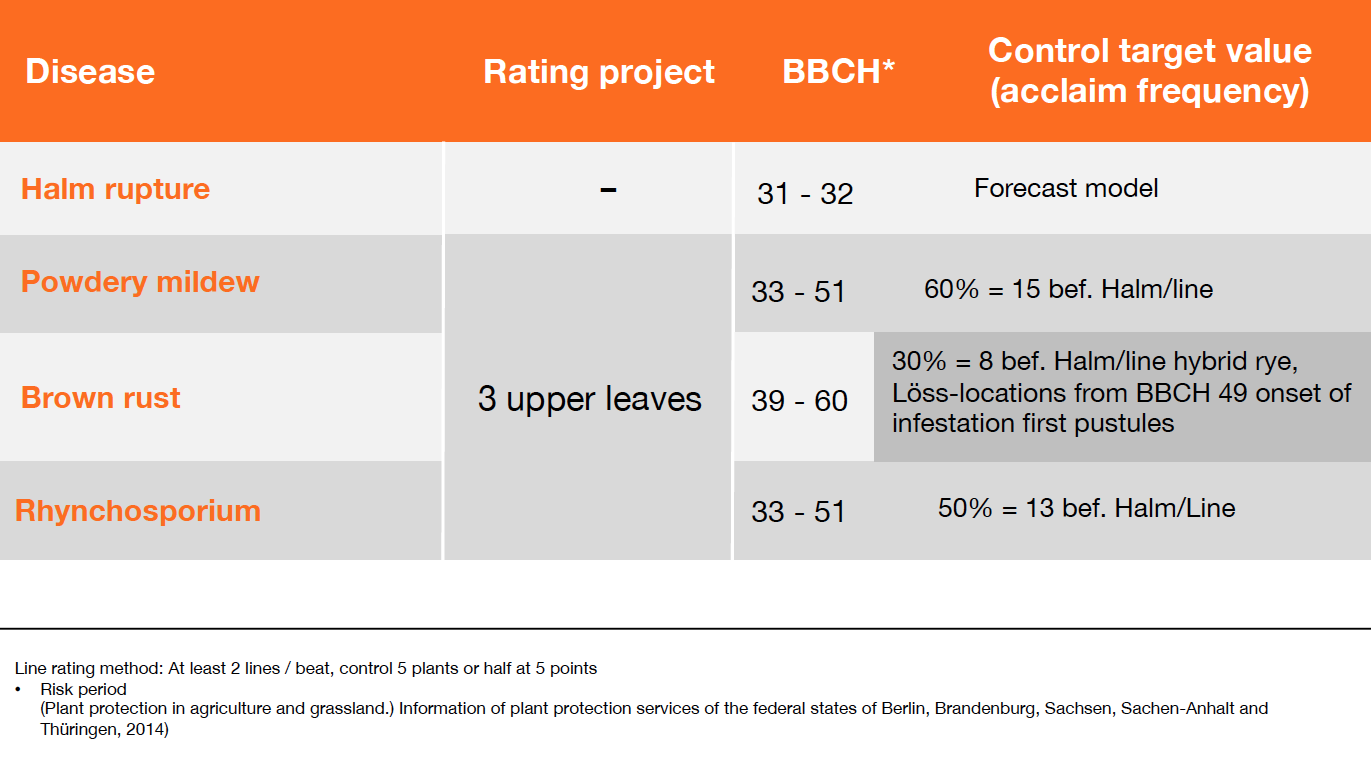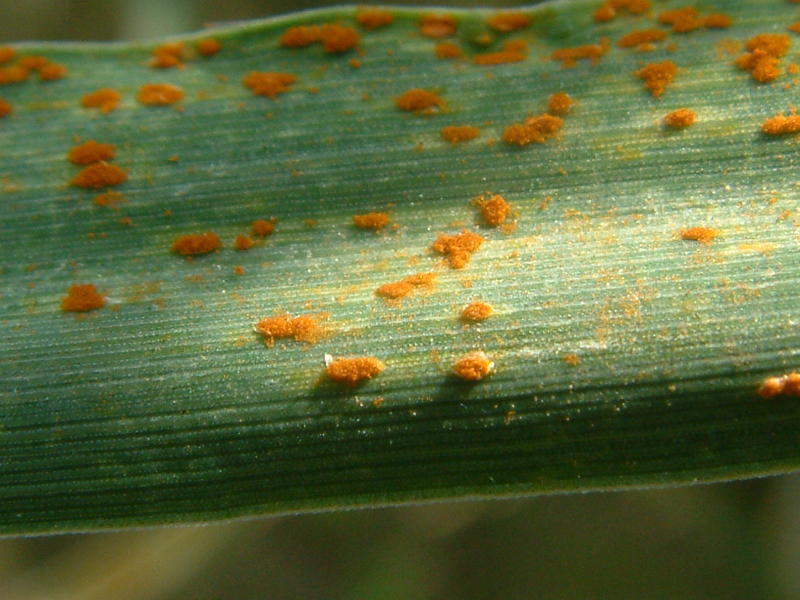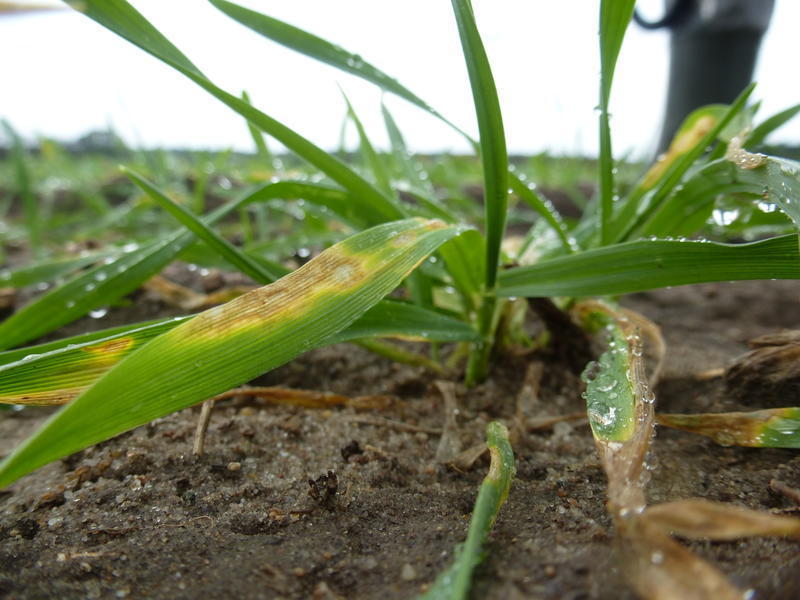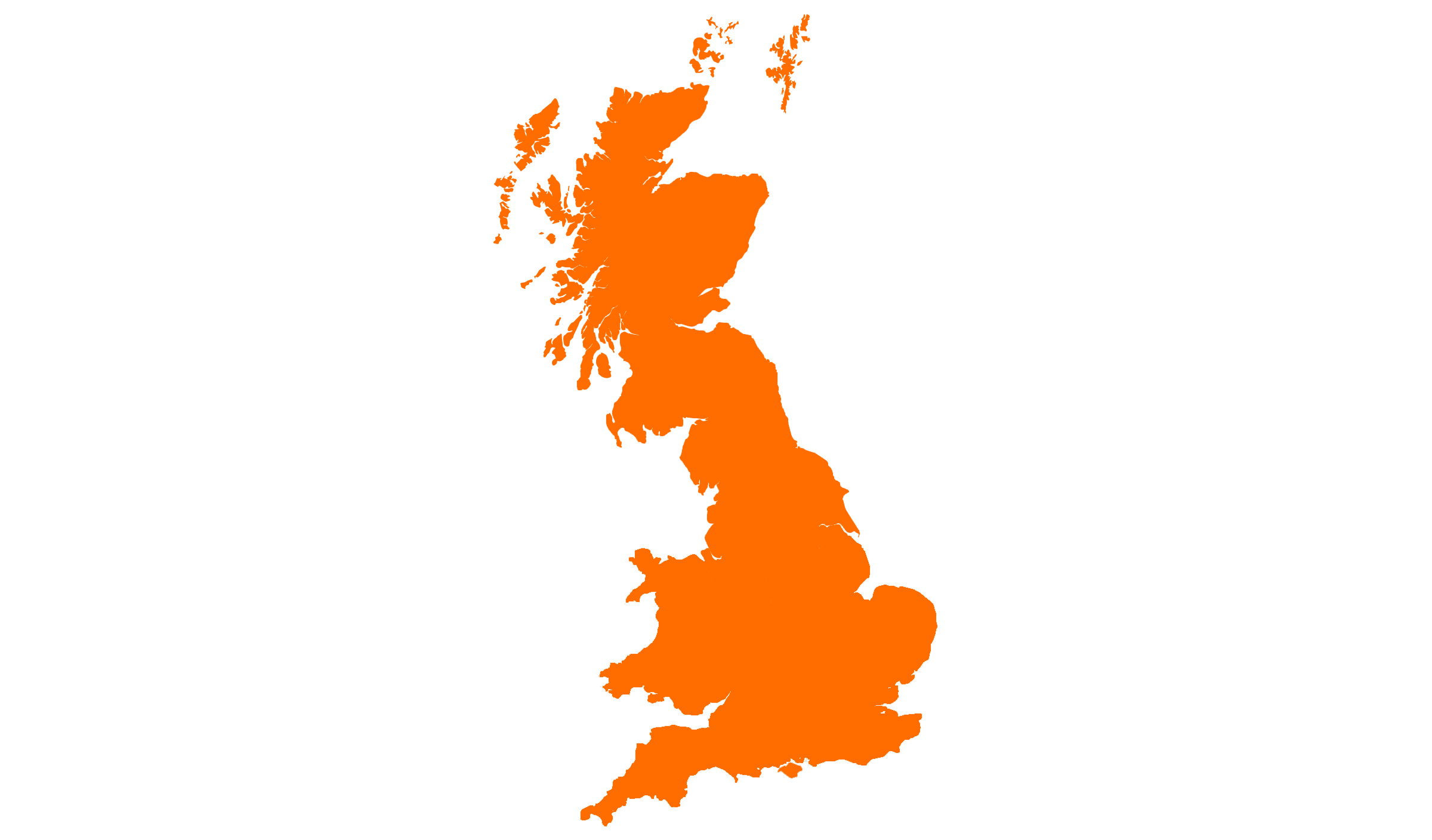Plant protection measures in rye
Due to its robustness, hybrid rye is often cultivated on light sites. Here you can learn more about the use of fungicides and herbicide applications in rye cultivation.
1. Herbicide application use in rye
In general, in the application of herbicides, it is important to observe the manufacturer's product information on the compatibility and the advice of your responsible plant protection service.
The products in some cases differ considerably in compatibility. Use only agents with good compatibility. When using especially flufenacete-containing agents, please note the good professional practice, the product and application instructions of the manufacturer in particular to the compatibility and the advice of your responsible plant protection service. Incorrect use may lead to damage to the plants and thus loss of yield.
Caution is especially important during autumn treatment after very shallow storage, on sandy sites, in waterlogged conditions and heavy rainfall. It is not advisable to perform autumn treatments at very late dates (November), because then there is the danger that the growth period will not last at least two weeks.
Factors to prevent damage due to herbicides:
- Sowing depth (2 - 3 cm)
- Note the weather for the application
(Avoid treatment before announced rainfall) - as early as possible drill appointment with early herbicide application
- Herbicide choice
2. Fungicide use in rye
The rye is less susceptible to leaf diseases compared to other cereals. The most important disease in rye cultivation is the Brown rust. Powdery mildew and Rhynchosporium usually occur earlier, but infestation rarely increases on the upper leaf levels. However, targeted plant protection measures are necessary to secure high grain yields.
Depending on the infestation situation and the expected yield, the following fungicide strategies in rye cultivation have proven successful in practice:
Duplicated treatment is cost-effective on sites with high yield expectations or high disease pressure. In the event of threat from straw breakage and early mildew, Rhynchosporium and/or brown rust attack, a measure must be planned in the shooting phase (BBCH 31 - 32). The second treatment (BBCH 47 - 61) is usually directed against late brown rust, which has a high yield effect.
In the light locations with insufficient water supply and low yield expectation, a single treatment after reaching the control target value (see table) is usually recommended. This should be done immediately before the first brown rust pustules (BBCH 39 - 61). In addition, a better treatment often suffices for a better treatment when selecting modern varieties with a high resistance to brown rust.
Treatment during flowering is not recommended for cross-pollinated rye. This increases the risk of ergot infestation.








